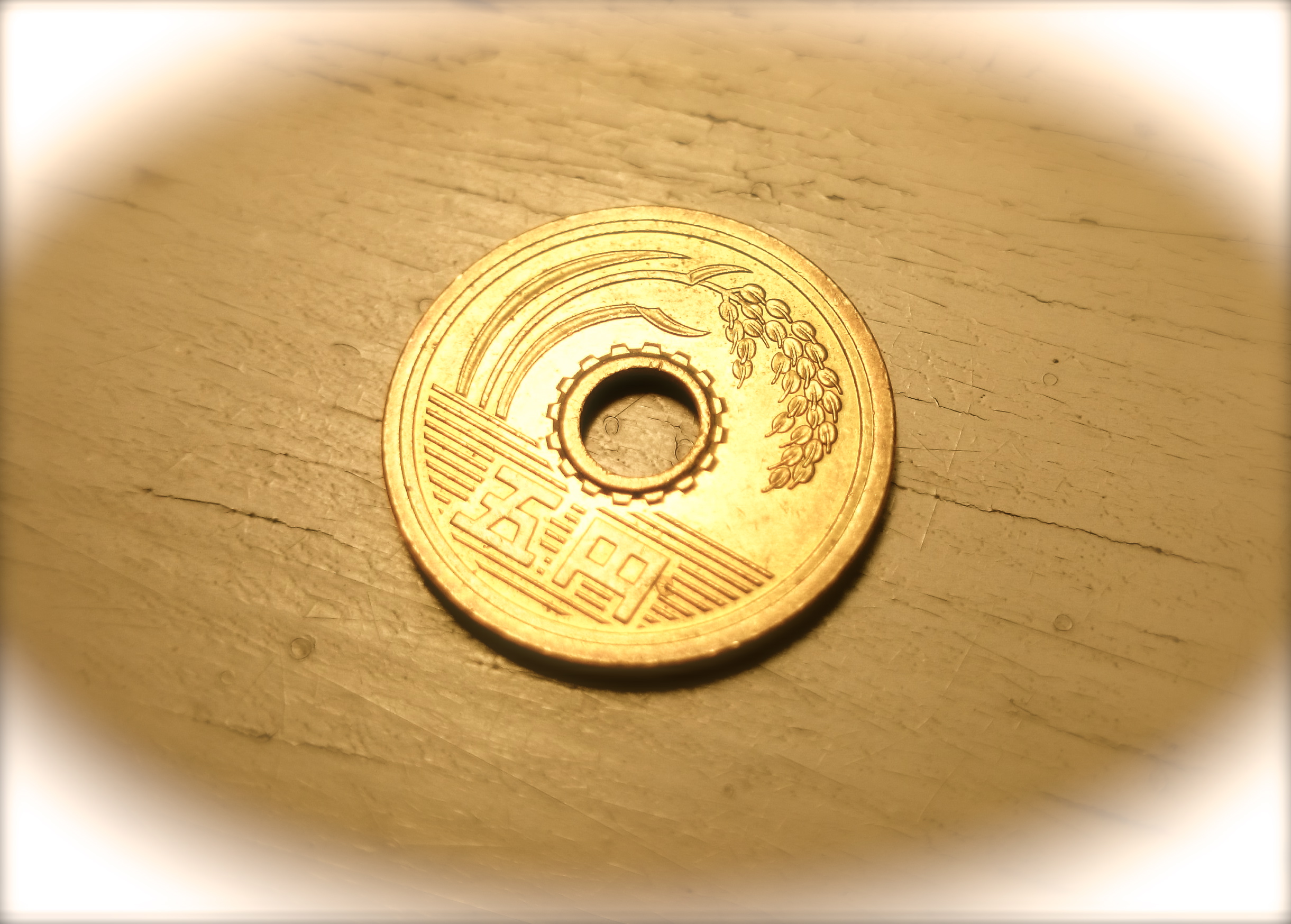
When it comes to cash, we all no doubt have our favourites. I, for one, have a huge soft spot for those nice, big 500 yen coins since every time I hold one I feel like I’m either shopping in a medieval market town or about to plonk it down on a bar counter to cover the cost of my beer, bath and bed for the night. Those flimsy little one yen coins, however, have a habit of seeking me out, and I always find myself trying to palm them off on convenience store clerks, devastated when I’m a single coin short of the nine yen they’re asking for.
In a recent poll, 477 My Navi Woman readers were asked which of Japan’s coins and notes boasts the “coolest” design. Perhaps unsurprisingly, the number-one spot went to the 10,000 yen note – the largest denomination available and worth roughly US$100 – but there were some surprises in the list too. Join us after the jump for a closer look at some of Japan’s cash.
Since we know how this one ends, let’s begin with the top dog: the 10,000 – or ichi-man – yen note.
1. ALL the moneys!
Featuring the portrait of Yukichi Fukuzawa, philosopher and founder of the prestigious Keio University, the 10,000 yen note received a whopping 24.1% of the total vote for Japan’s coolest cash. Respondents cited the bill’s detailed design, “calming hue,” size, and of course the fact that it is the largest denomination available as their reasons for choosing it. Personally, I’m just happy to hold one of these things every now and then…
2. Gold rush
Not only is the 500 yen coin the largest coin you’ll find in Japan, its value (roughly $4.90 at time of writing) is one of the highest in the world for a coin. It’s big, weighty, and beautifully shiny and gold–exactly what coins ought to be in this writer’s opinion. Unless, of course, you’re carrying a lot of them and happen to be wearing loose-fitting pants…
22.4% of My Navi Woman’s readers rated the 500 yen coin as their favourite. With its bold, chunky design it’s easy to see why.
3. There’s a bit missing…
Due to them both having holes in their centres, five yen coins are often mistaken for 50 yen coins when spotted at the bottom of a bag or coin purse, so it can be a bit of a let-down to discover that the coin you thought was worth 50 cents is actually worth slightly less than five. But the five yen coin is still kind of stylish in its own way, and received 13% of the vote in this survey for Japan’s coolest cash.
The coin features a gear–which represents industry–around its centre, a rice plant on the left and a body of water at the bottom, over which 「五円」(pronounced go-en and meaning five yen) is stamped. If you’ve ever wondered why so many five yen coins are donated at Japanese shrines and temples, it’s because “go-en” is a homophone of 「御縁」, a combination of the kanji form of the honorific prefix “go” used in words like ご主人 (go-shujin, another person’s husband) and ご飯 (gohan, literally “cooked rice, but used to mean meals in general), and 縁 (en), which describes a tie or close connection between two parties. The Japanese love a bit of wordplay, so when making an offering at a shrine, people often give a “go-en” coin in the hope that the god will favour them.
4. “This machine keeps spitting out my money…”
Wait, a two thousand yen note? Yup. This bill was produced in the year 2000 to commemorate the millennium and is rarely seen in general circulation today, though a surprising number of visitors to Japan arrive with the notes in their possession after picking up Japanese currency abroad (perhaps the Bank of Japan palms of the notes off on them?). The 2,000 yen note features an image of Shureimon, one of the large, ornate gates found outside Okinawa’s Shuri Castle, on its front and a scene from Murasaki Shikibu’s The Tale of Genji on its reverse side.
Although very cool to look at, part of the reason 2,000 yen notes are so hard to find in Japan these days is because, besides the fact that some people kept them as keepsakes rather than spending them, they’re actually kind of difficult to use. Few vending machines, of which there are a lot in Japan, and ATMs accept the bills, so while it’s fun to spot one every once in a while, 2,000 yen notes can actually be a bit troublesome to use. Great design, though!
5. Old reliable
Finally, the humble 10 yen coin ranked in at number five with 7.1% of the vote. My Navi Woman didn’t supply the reasons why this coin made it into the top five, but we can only assume it’s because, as well as being a handy coin to have around and a nice round number, it features an image of Byōdō-in’s Phoenix Hall–a Buddhist temple founded all the way back in the year 1052 in Kyoto–in surprising detail.
Do you have a particular fondness for any Japanese coins or notes? Are you one of the many who wishes one-yen coins could be banished into room 101 or are you happy to collect everyone else’s cast-offs? Let us know in the comments!
Source: My Navi Woman
Photos © RocketNews24 unless otherwise stated
Feature image: Wikipedia – Sekicho, childishly graffitied by RocketNews24

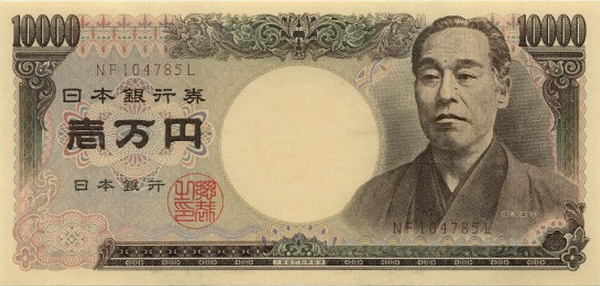

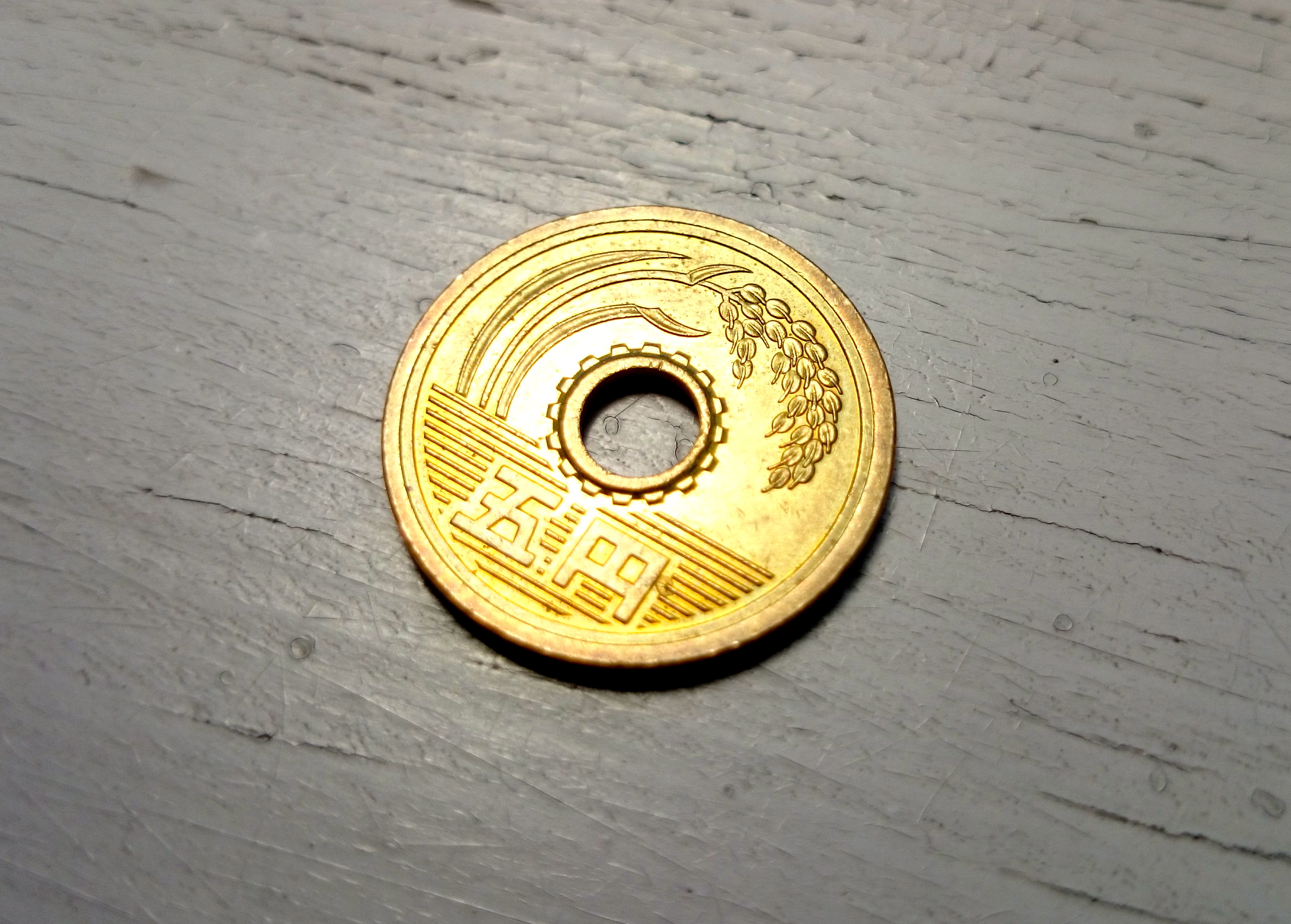
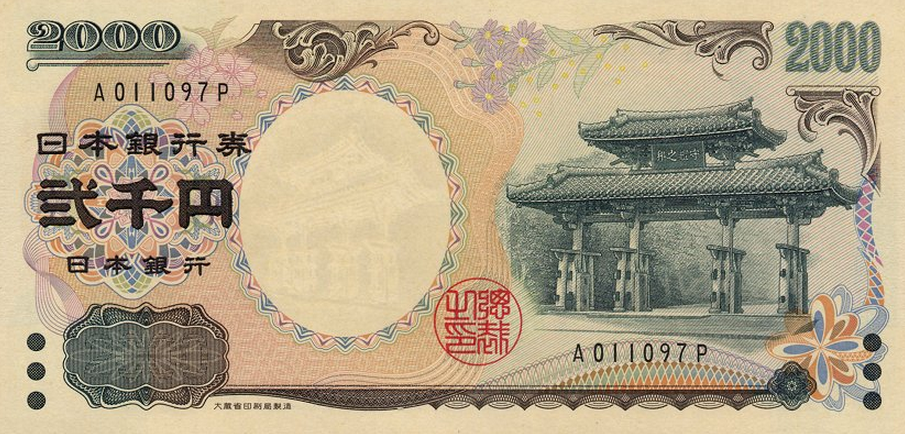
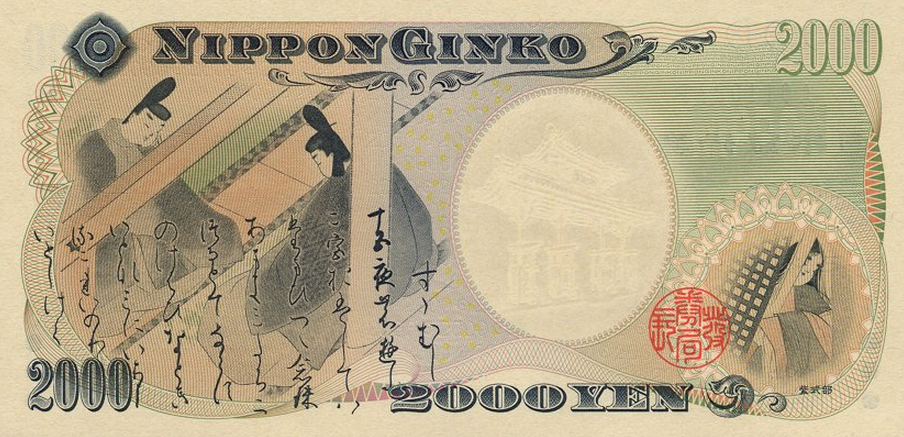
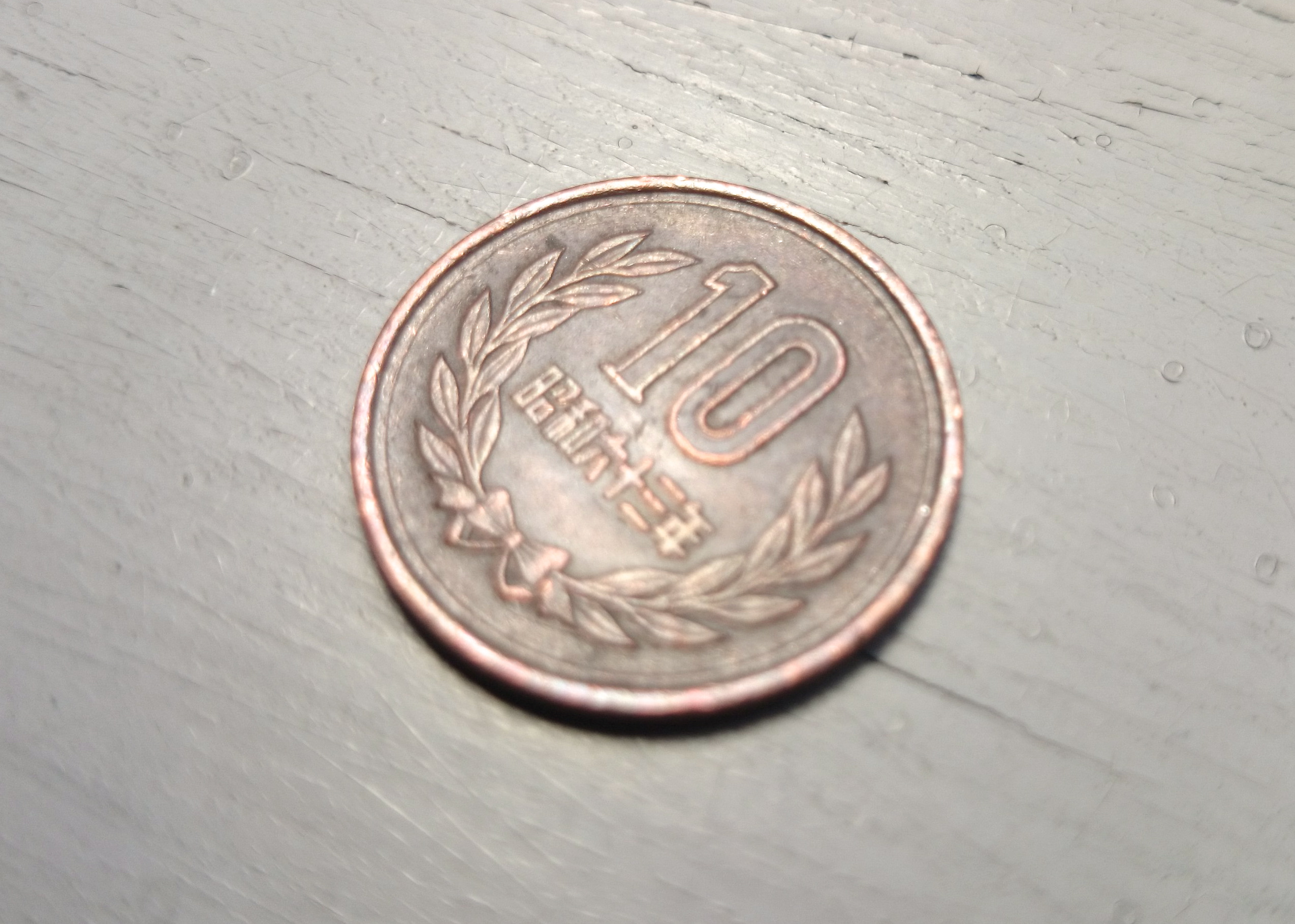
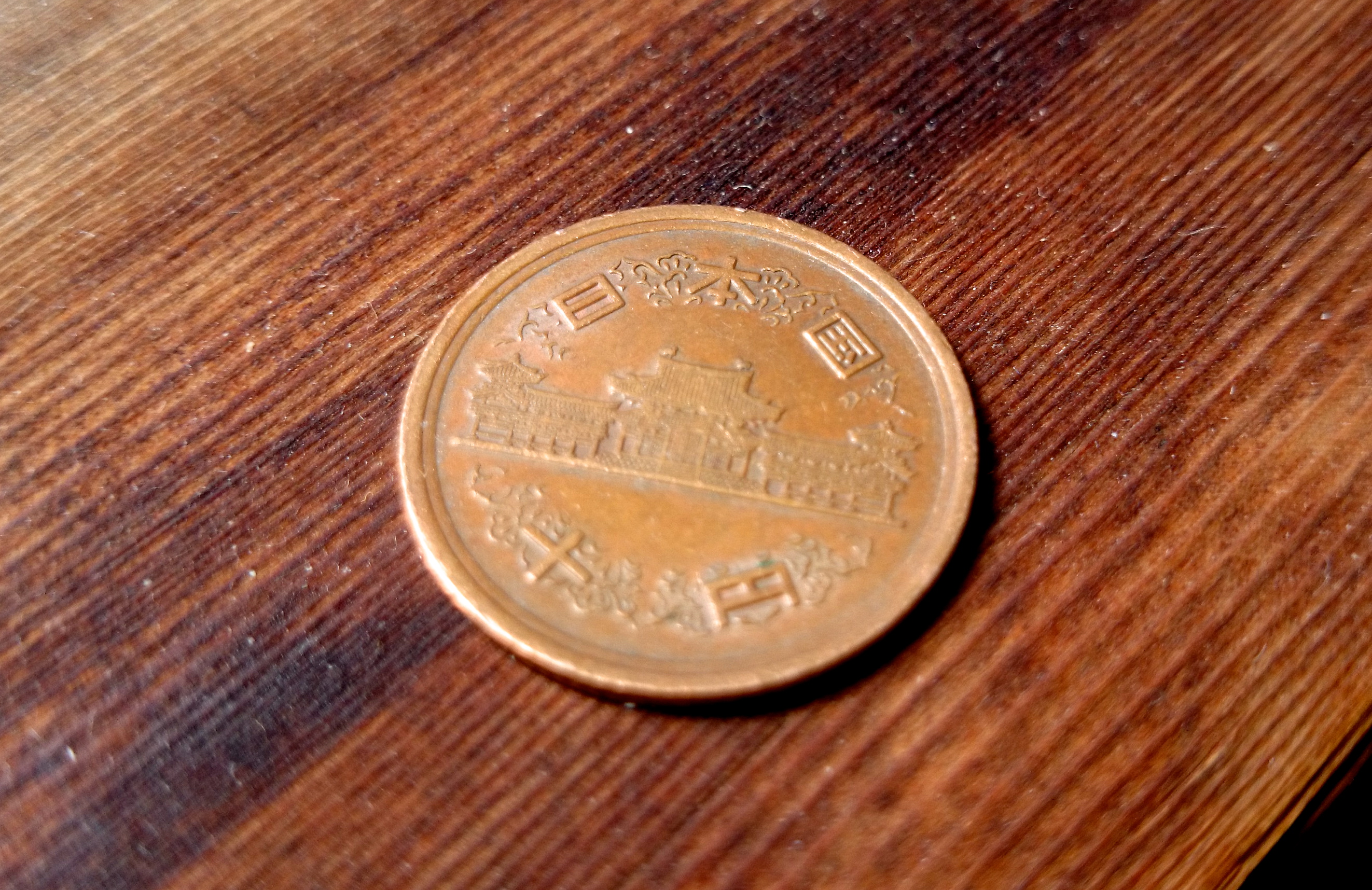
 Gyoza Hot Dog: Japan’s new must-try local street food
Gyoza Hot Dog: Japan’s new must-try local street food Does Japan’s five-yen coin need a foreigner-friendly redesign?
Does Japan’s five-yen coin need a foreigner-friendly redesign? Japan issuing beautiful new coins to celebrate Emperor Naruhito’s enthronement
Japan issuing beautiful new coins to celebrate Emperor Naruhito’s enthronement Japan’s 500-yen coin has two hidden messages, and here’re where to find them 【Photos】
Japan’s 500-yen coin has two hidden messages, and here’re where to find them 【Photos】 Gigantic super-affordable Sailor Moon lifestyle line comes to Japan’s favorite 300 yen shop【Pics】
Gigantic super-affordable Sailor Moon lifestyle line comes to Japan’s favorite 300 yen shop【Pics】 Japanese ramen restaurants under pressure from new yen banknotes
Japanese ramen restaurants under pressure from new yen banknotes Tokyo Tsukiji fish market site to be redeveloped with 50,000-seat stadium, hotel, shopping center
Tokyo Tsukiji fish market site to be redeveloped with 50,000-seat stadium, hotel, shopping center McDonald’s new Happy Meals offer up cute and practical Sanrio lifestyle goods
McDonald’s new Happy Meals offer up cute and practical Sanrio lifestyle goods New private rooms on Tokaido Shinkansen change the way we travel from Tokyo to Kyoto
New private rooms on Tokaido Shinkansen change the way we travel from Tokyo to Kyoto Beautiful Red and Blue Star luxury trains set to be Japan’s new Hokkaido travel stars
Beautiful Red and Blue Star luxury trains set to be Japan’s new Hokkaido travel stars Pokémon Sleep camping suite and guestrooms coming to Tokyo Hyatt along with giant Snorlax burgers
Pokémon Sleep camping suite and guestrooms coming to Tokyo Hyatt along with giant Snorlax burgers Sakura tree falls on man at Sannenzaka near Kiyomizu temple in Kyoto 【Breaking News】
Sakura tree falls on man at Sannenzaka near Kiyomizu temple in Kyoto 【Breaking News】 French Fries Bread in Tokyo’s Shibuya becomes a hit on social media
French Fries Bread in Tokyo’s Shibuya becomes a hit on social media All-you-can-drink Starbucks and amazing views part of Tokyo’s new 170 meter-high sky lounge
All-you-can-drink Starbucks and amazing views part of Tokyo’s new 170 meter-high sky lounge Mt. Koya planning to instate visitor’s tax to cope with huge tourist numbers
Mt. Koya planning to instate visitor’s tax to cope with huge tourist numbers More foreign tourists than ever before in history visited Japan last month
More foreign tourists than ever before in history visited Japan last month Starbucks reopens at Shibuya Scramble Crossing with new look and design concept
Starbucks reopens at Shibuya Scramble Crossing with new look and design concept Studio Ghibli releases new action figures featuring Nausicaä of the Valley of the Wind characters
Studio Ghibli releases new action figures featuring Nausicaä of the Valley of the Wind characters Studio Ghibli glasses cases let anime characters keep an eye on your spectacles
Studio Ghibli glasses cases let anime characters keep an eye on your spectacles Is the new Shinkansen Train Desk ticket worth it?
Is the new Shinkansen Train Desk ticket worth it? Beautiful Ghibli sealing wax kits let you create accessories and elegant letter decorations【Pics】
Beautiful Ghibli sealing wax kits let you create accessories and elegant letter decorations【Pics】 Studio Ghibli releases Kiki’s Delivery Service chocolate cake pouches in Japan
Studio Ghibli releases Kiki’s Delivery Service chocolate cake pouches in Japan New definition of “Japanese whiskey” goes into effect to prevent fakes from fooling overseas buyers
New definition of “Japanese whiskey” goes into effect to prevent fakes from fooling overseas buyers Our Japanese reporter visits Costco in the U.S., finds super American and very Japanese things
Our Japanese reporter visits Costco in the U.S., finds super American and very Japanese things Studio Ghibli unveils Mother’s Day gift set that captures the love in My Neighbour Totoro
Studio Ghibli unveils Mother’s Day gift set that captures the love in My Neighbour Totoro Domino’s Japan now sells…pizza ears?
Domino’s Japan now sells…pizza ears? New Japanese KitKat flavour stars Sanrio characters, including Hello Kitty
New Japanese KitKat flavour stars Sanrio characters, including Hello Kitty New Pokémon cakes let you eat your way through Pikachu and all the Eevee evolutions
New Pokémon cakes let you eat your way through Pikachu and all the Eevee evolutions Sales of Japan’s most convenient train ticket/shopping payment cards suspended indefinitely
Sales of Japan’s most convenient train ticket/shopping payment cards suspended indefinitely Sold-out Studio Ghibli desktop humidifiers are back so Totoro can help you through the dry season
Sold-out Studio Ghibli desktop humidifiers are back so Totoro can help you through the dry season Japanese government to make first change to romanization spelling rules since the 1950s
Japanese government to make first change to romanization spelling rules since the 1950s Ghibli founders Toshio Suzuki and Hayao Miyazaki contribute to Japanese whisky Totoro label design
Ghibli founders Toshio Suzuki and Hayao Miyazaki contribute to Japanese whisky Totoro label design Doraemon found buried at sea as scene from 1993 anime becomes real life【Photos】
Doraemon found buried at sea as scene from 1993 anime becomes real life【Photos】 Tokyo’s most famous Starbucks is closed
Tokyo’s most famous Starbucks is closed One Piece characters’ nationalities revealed, but fans have mixed opinions
One Piece characters’ nationalities revealed, but fans have mixed opinions We asked a Uniqlo employee what four things we should buy and their suggestions didn’t disappoint
We asked a Uniqlo employee what four things we should buy and their suggestions didn’t disappoint Princesses, fruits, and blacksmiths: Study reveals the 30 most unusual family names in Japan
Princesses, fruits, and blacksmiths: Study reveals the 30 most unusual family names in Japan Silver 1,000 yen coin to be issued for Shinkansen’s 50th anniversary
Silver 1,000 yen coin to be issued for Shinkansen’s 50th anniversary Hello Kitty keeping as busy as ever — this time she collaborates with…money itself!
Hello Kitty keeping as busy as ever — this time she collaborates with…money itself! Save those coins – Extra-expensive capsule machine toys are on their way in Japan
Save those coins – Extra-expensive capsule machine toys are on their way in Japan Awe-inspiring coin sculpture erected during boring holiday
Awe-inspiring coin sculpture erected during boring holiday Why was the 2,000-yen bill left out of Japan’s yen redesign, and how does it feel about the snub?
Why was the 2,000-yen bill left out of Japan’s yen redesign, and how does it feel about the snub? Edible 10-yen coins become a hot new trend in Tokyo【Taste test】
Edible 10-yen coins become a hot new trend in Tokyo【Taste test】 Pikachu money box is the cutest way to save money this year
Pikachu money box is the cutest way to save money this year This amazing suit of samurai armor is made of five-yen coins, and you can make your own too【Pics】
This amazing suit of samurai armor is made of five-yen coins, and you can make your own too【Pics】 Cute cat bank collects coins, makes fiscal responsibility adorable 【Videos】
Cute cat bank collects coins, makes fiscal responsibility adorable 【Videos】 The mesmerizing art of stacking Japanese coins 【Photos】
The mesmerizing art of stacking Japanese coins 【Photos】 Japan’s most mysterious vending machine sells fukubako, boxes filled with…something【Photos】
Japan’s most mysterious vending machine sells fukubako, boxes filled with…something【Photos】 Japan’s favorite budget lifestyle goods chain now has classy, cool, and cheap squirt guns
Japan’s favorite budget lifestyle goods chain now has classy, cool, and cheap squirt guns In Japan, one yen coins don’t get picked up by strangers in public – they multiply instead
In Japan, one yen coins don’t get picked up by strangers in public – they multiply instead Tokyo’s coin lockers to be out of service for week in effort to prevent terrorism
Tokyo’s coin lockers to be out of service for week in effort to prevent terrorism Automated Godzilla coin bank will make you King of the Moneysavers
Automated Godzilla coin bank will make you King of the Moneysavers
Leave a Reply